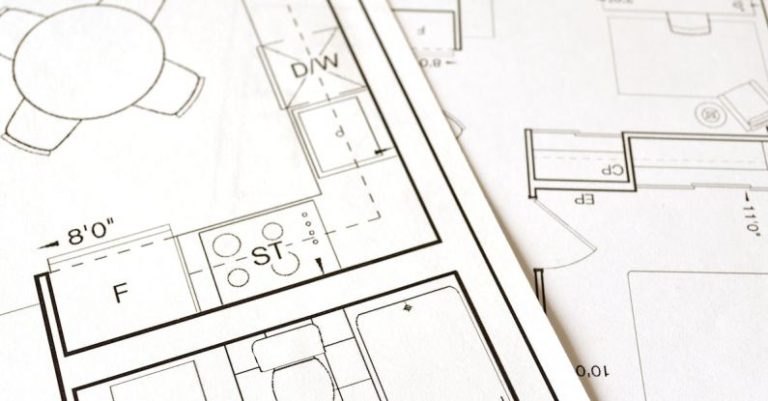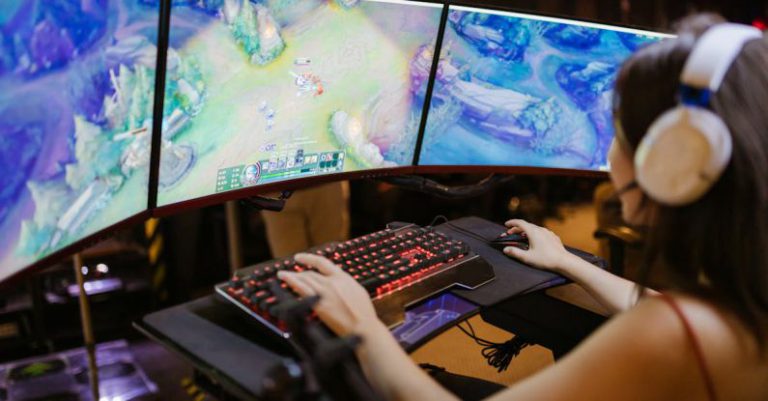Building a Dual Cpu Setup for Intense Multitasking
In today’s fast-paced digital world, multitasking has become a norm for many individuals, whether for work, gaming, or content creation. However, running multiple demanding applications simultaneously can put a strain on a computer’s processing power, leading to lag, delays, and overall decreased efficiency. To combat these issues and enhance multitasking capabilities, building a dual CPU setup can be a game-changer. This article will delve into the benefits of a dual CPU setup and provide a comprehensive guide on how to build one for intense multitasking needs.
Enhancing Multitasking Efficiency with Dual CPUs
When it comes to multitasking, having a powerful CPU is crucial. A dual CPU setup, also known as a dual-socket system, involves using two processors in a single motherboard to significantly boost processing power. This setup allows for better multitasking capabilities, as each CPU can handle separate tasks simultaneously, leading to smoother performance and improved efficiency.
Benefits of a Dual CPU Setup
One of the primary advantages of a dual CPU setup is the increased processing power it offers. With two CPUs working in tandem, users can run multiple resource-intensive applications without experiencing slowdowns or performance bottlenecks. This is particularly beneficial for professionals working with tasks such as video editing, 3D rendering, scientific simulations, and virtualization, where high computational power is essential.
Furthermore, a dual CPU setup can enhance overall system responsiveness, allowing users to switch between applications seamlessly and work on complex projects without interruptions. Tasks that would typically strain a single CPU can be distributed between the two processors, leading to faster processing times and improved productivity.
Building a Dual CPU Setup
To build a dual CPU setup, you will need to select compatible components that can accommodate two processors. Here is a step-by-step guide to help you build your dual CPU system:
Selecting the Motherboard: The first step is to choose a motherboard that supports dual CPUs. Look for server-grade motherboards that feature two CPU sockets and are compatible with the processors you plan to use.
Choosing the Processors: Select two identical processors that are compatible with the motherboard and meet your performance requirements. Consider factors such as clock speed, core count, and thermal design power (TDP) when choosing the processors.
Installing the Processors: Carefully install the processors into the CPU sockets on the motherboard, following the manufacturer’s guidelines. Ensure that the processors are properly seated and that thermal paste is applied correctly to facilitate heat dissipation.
Installing Memory: Insert memory modules (RAM) into the motherboard’s DIMM slots, ensuring that they are properly aligned and securely in place. Check the motherboard’s specifications for supported RAM configurations and maximum capacity.
Installing Storage and Expansion Cards: Install storage drives, such as SSDs or HDDs, for your operating system and data storage. Additionally, insert any necessary expansion cards, such as graphics cards or network adapters, into the corresponding slots on the motherboard.
Powering Up the System: Connect the power supply unit (PSU) to the motherboard and other components, ensuring all connections are secure. Power on the system and enter the BIOS to configure settings and ensure that both CPUs are detected.
Optimizing Performance: Once the system is up and running, consider optimizing performance by updating drivers, installing software updates, and configuring system settings for optimal multitasking performance.
Incorporating a dual CPU setup into your workstation can revolutionize your multitasking experience, providing the processing power needed to handle demanding tasks with ease. By following the steps outlined in this guide, you can build a dual CPU system tailored to your intense multitasking needs and unlock a new level of efficiency and productivity.






